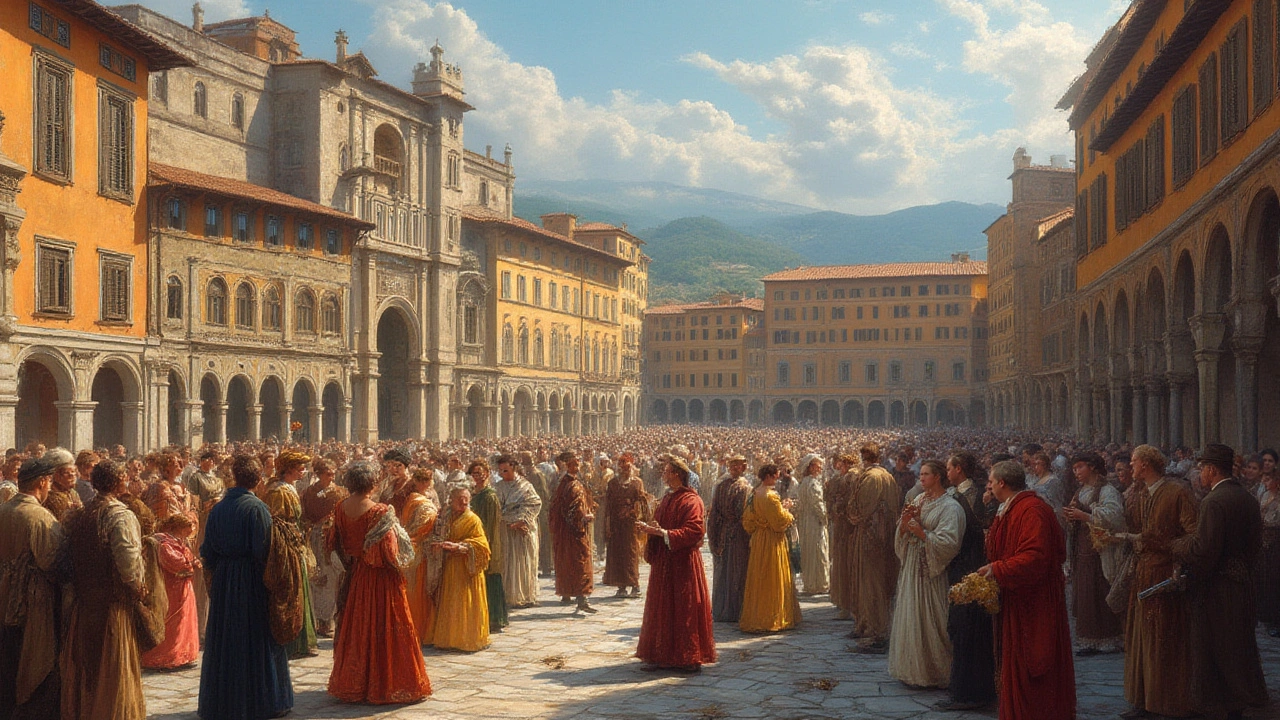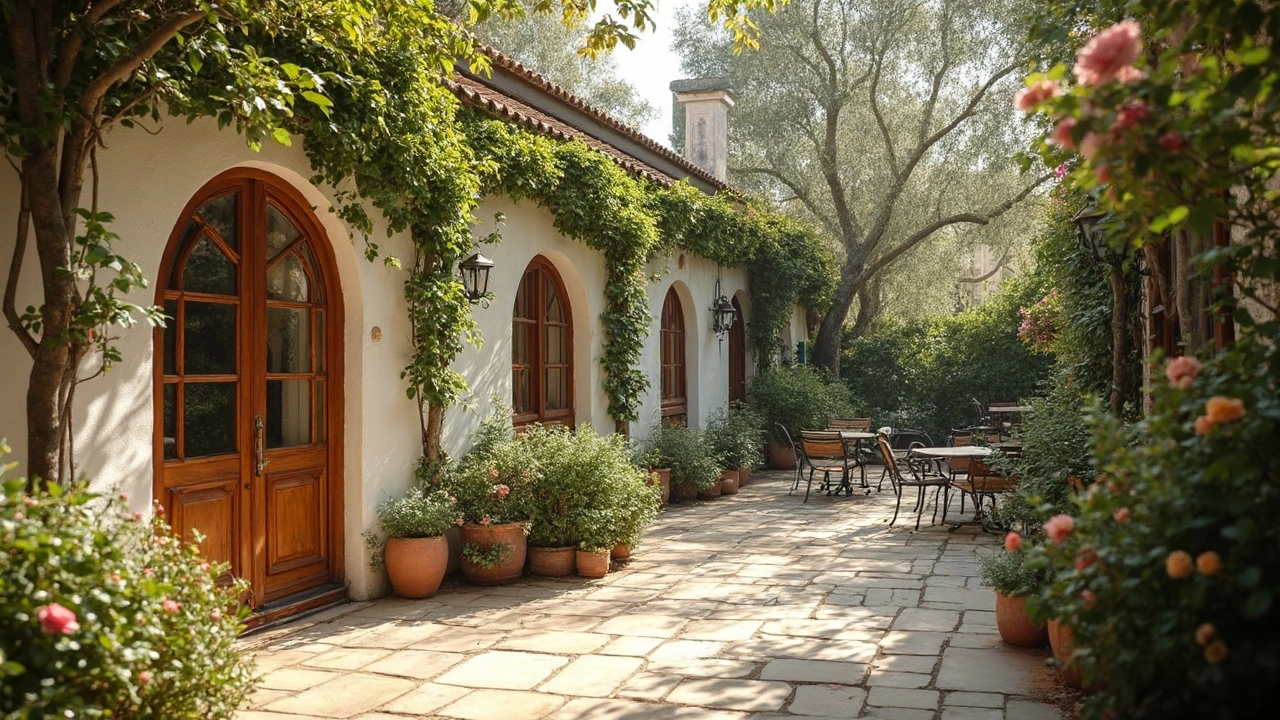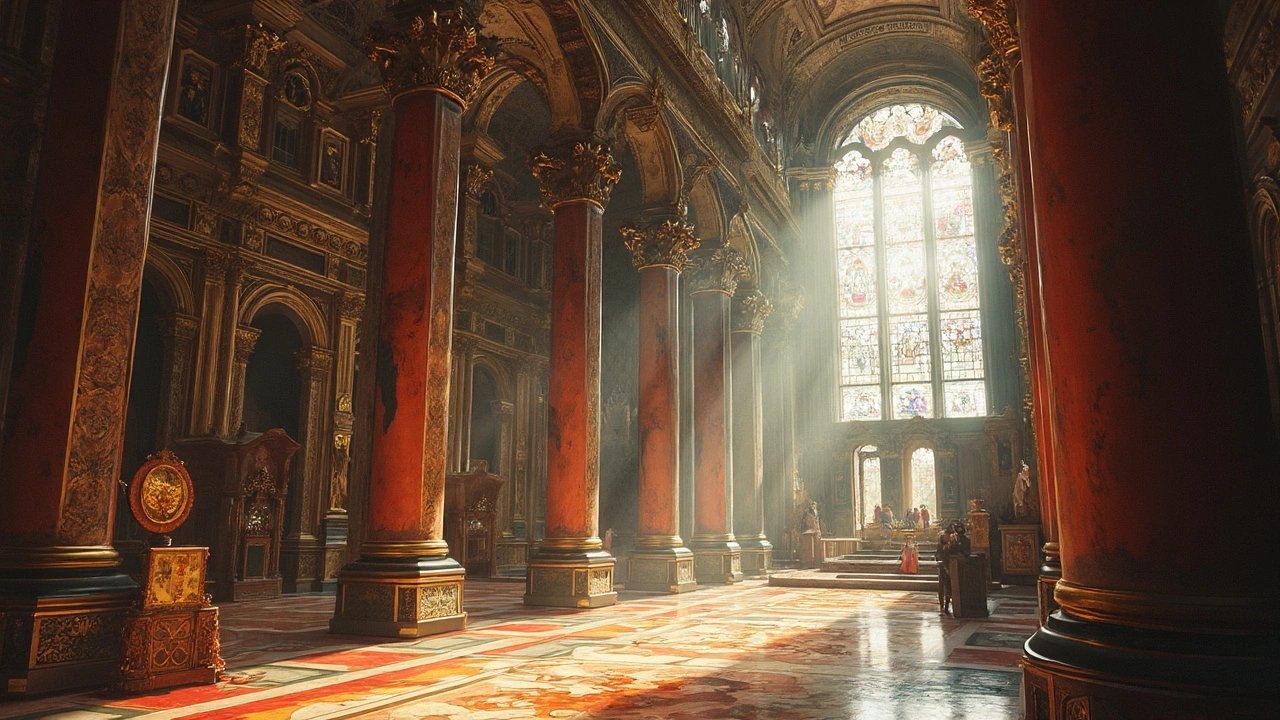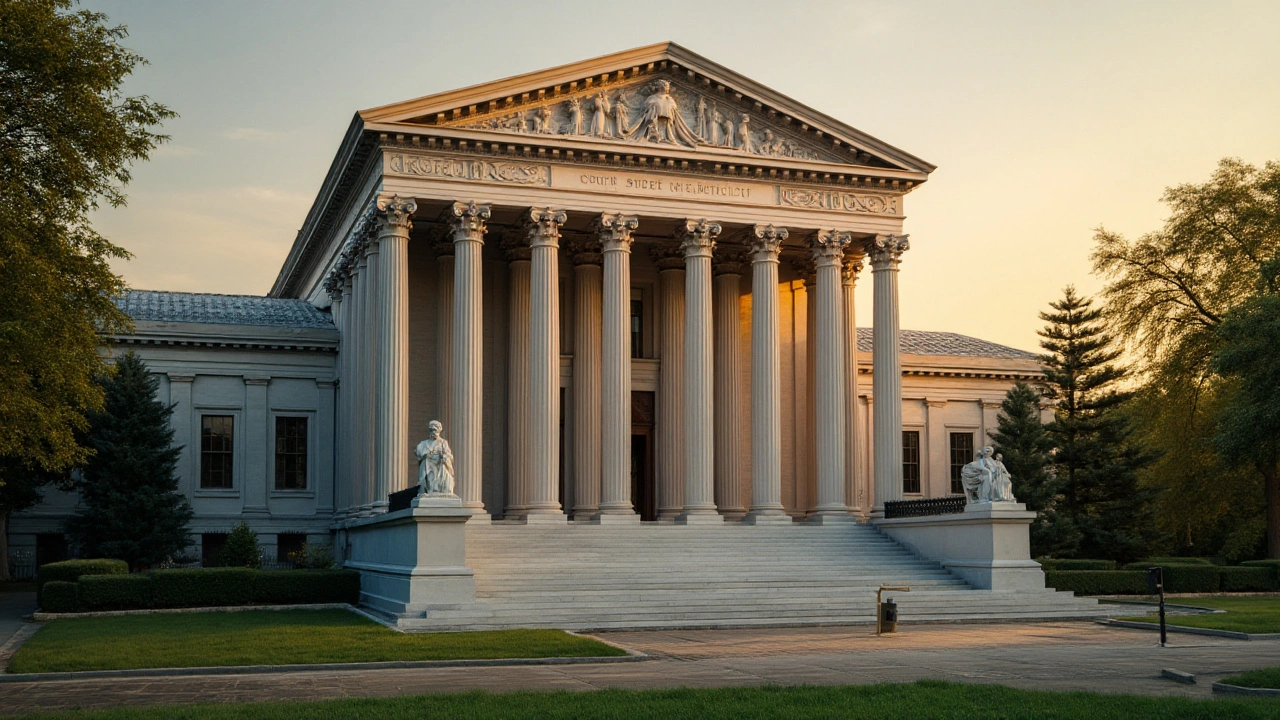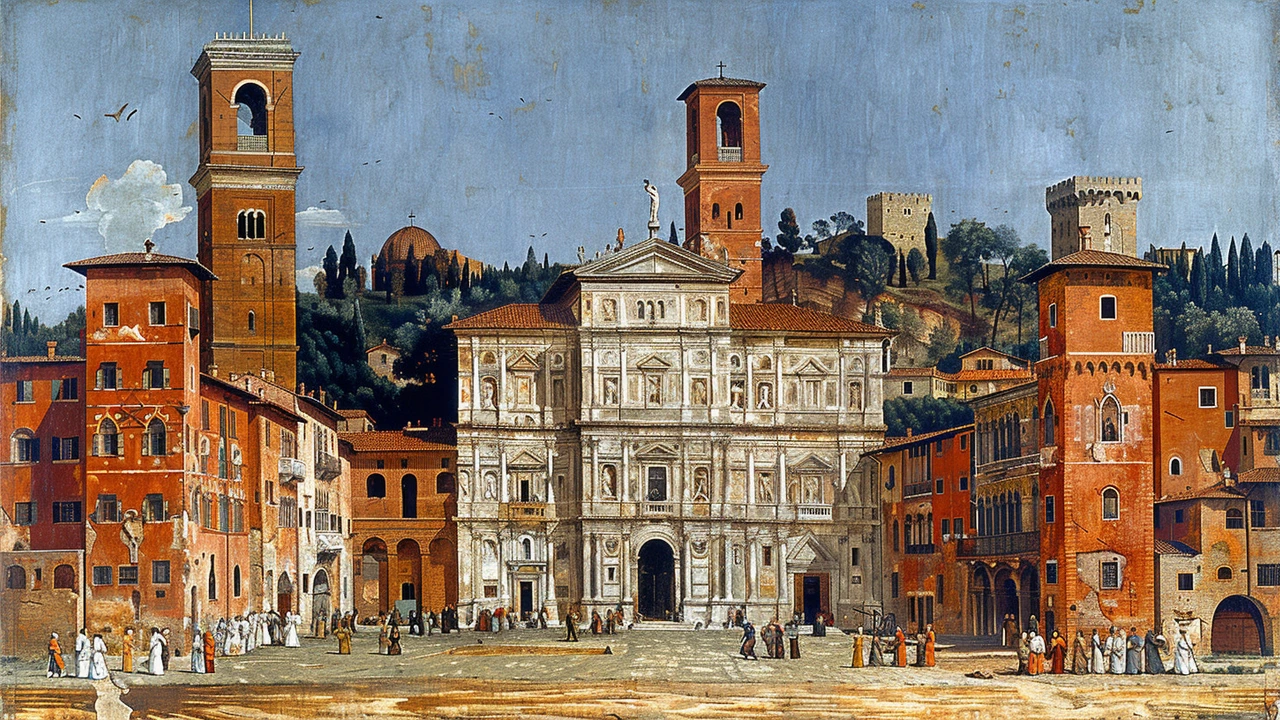Explore Renaissance Revival Architecture—the style's roots, standout features, bold stories, and how its grace still inspires modern design today.
Architectural History: Styles, Eras & Practical Recognition
Buildings are history you can walk through. This page gathers clear, practical guides to major architectural eras — from Ancient Rome and the Renaissance to Baroque, Georgian, Colonial, Beaux‑Arts, Bauhaus, Mid‑Century Modern, and contemporary movements like High‑Tech and Neo‑Futurism. Each article explains what made a style look the way it did and how those decisions shaped cities and daily life.
Start with a mini timeline. Roman builders perfected arches, vaults, and a durable concrete that changed scale and form. Renaissance architects brought back classical orders, proportion, and domes. Baroque designers pushed drama with curves, motion, and ornate detail. Georgian architecture favored symmetry, sash windows, and brick patterns. Colonial styles blended local materials with imported forms. Beaux‑Arts emphasized civic grandeur and formal planning. Modernist schools removed ornament for function, while later movements reintroduced play, color, and technology.
Want to spot styles fast? Use a simple checklist. Look at the silhouette: roof shape, tower or dome presence, massing. Note materials: stone, brick, timber, cast iron, exposed steel, concrete, or curtain glass. Count and compare windows: rhythm and proportion tell age and intent. Study ornament: heavy carving, plasterwork, or minimal trim hint at different eras. Finally, observe structure exposure — visible beams or ducts often mark 20th‑century trends.
How to Identify Key Styles
Columns and pediments point toward Greek Revival and neoclassical work. Round arches, vaults, and engineering spans suggest Roman technique. Grand stairways, sculpted facades, and axial layouts are hallmarks of Beaux‑Arts. Clean rectangles, pilotis, and open plans usually indicate Bauhaus or International Style. Wide eaves, handcrafted woodwork, and built‑in furniture fit American Craftsman. Glass curtain walls and exposed frameworks are common in High‑Tech projects. Match two or three clues before you label a building.
If you want to learn more about one building, try these steps: check local plaques and online heritage registers for dates and architect names; visit the city library or historical society for plans and photos; photograph details and compare them with reliable guides; and ask preservation groups about recent restorations. These steps give context useful for renovation, study, or simple curiosity.
Preservation: Practical Ways to Help
Preserving historic buildings protects community stories and can be more sustainable than tearing structures down. Start small: document façades, support adaptive reuse that updates systems without erasing character, and vote for local policies that favor restoration. For homeowners, hire craftsmen who know period materials, test old finishes before replacing them, and shop salvage yards for authentic parts.
Browse the related articles here to match style names with photos and practical how‑tos. Carry a notebook on your next walk and try identifying one new style each week — it makes cities feel richer and smarter.
Use maps and photo apps to collect examples, tag locations, and build a personal reference. Share finds with local groups or on social media to get feedback. If you research a property, note original materials, later changes, and visible repairs — those details tell the building’s real story and help guide thoughtful updates. Today.
Discover the Renaissance—a time of genius, beauty, and innovation. From Florence to Leonardo, get the basics on art, ideas, and drama that changed Europe forever.
Colonial architecture isn't just old buildings and fancy facades—it's a real window into the past. This article takes you on a tour through the creative, bizarre, and sometimes controversial history of colonial structures. You'll find practical tips for spotting authentic details, surprising facts about how these buildings shaped modern cities, and reasons why they're still worth our attention today. Get ready to see colonial marvels from a whole new angle.
Mediterranean Revival architecture is more than just a pretty facade—it’s a style packed with personality and practical ideas for today’s homes. This article digs into why this timeless look keeps winning hearts, unpacks the roots of its design, and shows how you can work it into modern spaces. Packed with fun facts and down-to-earth tips, it’ll help you see why arched windows, clay tiles, and sun-drenched patios still turn heads. Whether you’re itching to renovate or just dreaming, get ready to find inspiration in the details. Explore the culture, the craft, and the clever ways this style stays fresh.
Discover the captivating world of Baroque architecture—a style defined by grandeur, drama, and intricate details. This article explores its historical roots, key features, and iconic examples. Learn how Baroque design has influenced modern aesthetics and get practical tips for incorporating its elements into your own space.
Delve into the world where architecture became a symbol of power and wealth during the Renaissance period. Explore how symmetry, domes, and columns were not just structural components, but a language of influence. This article reveals the stories of grand structures and the architects whose designs immortalized the ambitions of their patrons. Discover the rebirth of classical ideas and how they still influence modern architecture today.
Art Nouveau architecture, emerging at the turn of the 20th century, is marked by its ornamental style that draws inspiration from natural forms and structures. The movement sought to break away from the historical architectural styles and aimed to infuse functionality with beauty. Characterized by its flowing lines and intricate details, Art Nouveau was seen in buildings worldwide, with notable examples in Europe and beyond. The style not only captured the aesthetic spirit of its time but also paved the way for future design innovations.
Federal architecture in America traces its roots back to the late 18th century, mirroring the young nation's aspirations and influences. This style is heavily inspired by Roman classicism and is characterized by symmetry, balance, and grandeur, embodying democratic ideals. As a lasting symbol of American heritage, it tells stories through its prominent structures such as courthouses and early government buildings. Understanding this architectural style offers insight into the cultural and historical journey of the United States.
The Renaissance marks a significant period in history, characterized by great change and innovation. It was a time of extraordinary cultural revival, affecting art, science, and society. Explore the key aspects and influential figures of this era, discovering how the Renaissance shaped the modern world.
Federal Architecture is a delightful dive into refined design from the past. This guide aims to enrich history buffs with insights on its distinct features, influential architects, and notable buildings. You’ll uncover traditions tied to early American history and tips on recognizing Federal-style structures. Perfect for anyone looking to deepen their appreciation of historical architecture.

